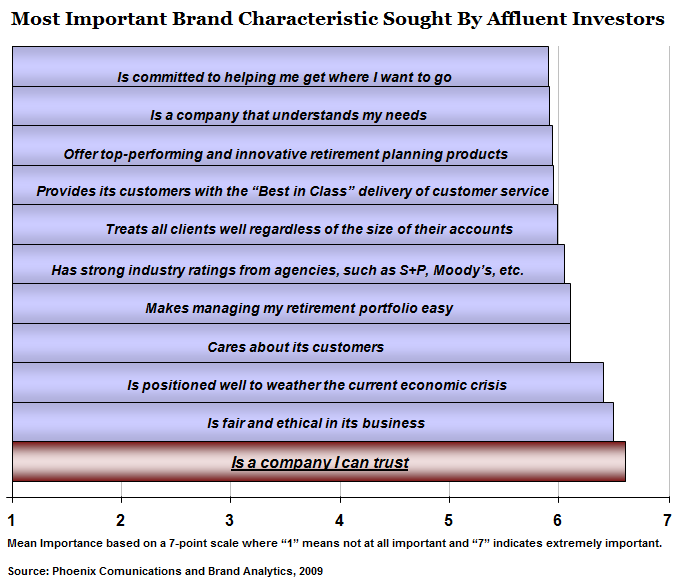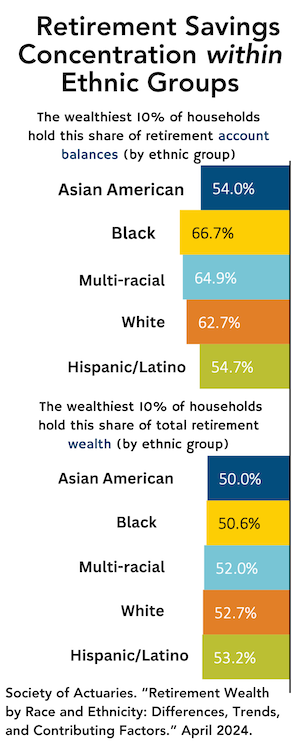My beach book this summer was Boomsday, Christopher Buckley’s 2006 comic novel about a presidential candidate who proposes that Baby Boomers save Social Security by agreeing to commit suicide at age 70.
The candidate’s modest legislative proposal soon becomes sweetened—larded, actually—with pre- and posthumous tax breaks for any Boomer who opts for so-called “Voluntary Transitioning.”
This death-to-Boomers idea starts as a political stunt but then takes on a life of its own. It originates with Cassandra Devine, a 20-something PR executive/political operative/blogger who urges her peers to shrug off the burden of supporting retired Boomers through ever-higher Social Security taxes. She’s also the fiancée of the candidate, a preppie Massachusetts politico.
Only one other novel, as far as I now, has been written about euthanizing old people to cut society’s expenses. That’s The Fixed Period, Anthony Trollope’s 1882 satire about an island where the law requires 67-year-olds to be pampered for a year and then iced.
Given Boomsday‘s pertinence to the annuity industry, it’s odd that the book never came up in conversation at any of the conferences I’ve attended since it was published. The author—son of famed sesquipedalianist William F. Buckley—would even have made a lively keynote speaker.
Besides the candidate and Ms. Devine, Boomsday‘s characters include a Right-to-Life nursing home tycoon and a potty-mouthed incumbent president named Peachem. The villain is the billionaire inventor of RIP-Ware, an actuarial algorithm that predicts exactly when people will die.
Boomsday offers good light reading for aficionados of political—and, in this case, actuarial—satire. I also recommend another Buckley novel, Thank you for Smoking. Until the National Review ousted him for endorsing Obama last fall, Buckley was one of those few ambidextrous public figures—Ben Stein and Arlen Specter come to mind—with both liberal and conservative followers.
Interestingly, Boomsday anticipates the 2008 financial crisis. It depicts an America suffering from six consecutive quarters of negative growth, where the U.S. Treasury is “furiously” printing dollars, and where a $1.1 trillion deficit is predicted. The only thing Buckley gets wrong is the monetary policy. In Boomsday, the Fed has hiked interest rates to 14%.
* * *
One afternoon last week, I was staring into a browser window when the phone rang with a proposal just as strange as the one in Boomsday. A booker for Fox News asked if I could appear on a live broadcast that evening. The topic: the failings of FINRA, the security industry’s self-regulatory arm.
A Fox producer had Google-searched “FINRA” and found a column of mine called, “Heckuva Job, FINRA.” It expressed my humble opinion that self-regulation was more or less a contradiction in terms, and that Obama was wrong to nominate then-FINRA chief Mary Schapiro to lead the Securities & Exchange Commission.
Schapiro’s offense, my column noted, was that, as reported in the January 29, 2009 edition of The Wall Street Journal, she earned $2.75 million a year at FINRA and left with a lump-sum payout from FINRA’s retirement plan worth $5 million to $25 million.
FINRA, of course, is financed by the securities industry. And, like other writers whose similarly angry reactions lit up multiple sites on the Internet, I wondered how Schapiro could credibly regulate an industry that was, and would always be, her benefactor.
Now, eight months later, Fox News was on the case, and wanted me to resume my tirade in front of a much larger audience. My powdered image, probably looking and sounding nothing like the face I shave in the morning, would appear on TV sets in hospital waiting rooms across America at 7 p.m. that evening.
To make a short story shorter, my image never made it to those waiting rooms. Before Fox would dispatch a limo to chauffer me from my Pennsylvania home to its New York studio, a producer needed to vet me. In honesty, I told him that I had more outrage than expertise when it came FINRA or Ms. Schapiro. To his credit, he decided to pass.
I went back to my browser to finish an article on second-quarter annuity sales. At seven that evening, for the first time ever, I watched an entire hour of Fox News and its many commercial interruptions. Nothing appeared about FINRA or Mary Schapiro. Perhaps the story was delayed and was broadcast later. If you saw it, please let me know. I’d like to see who replaced me.







